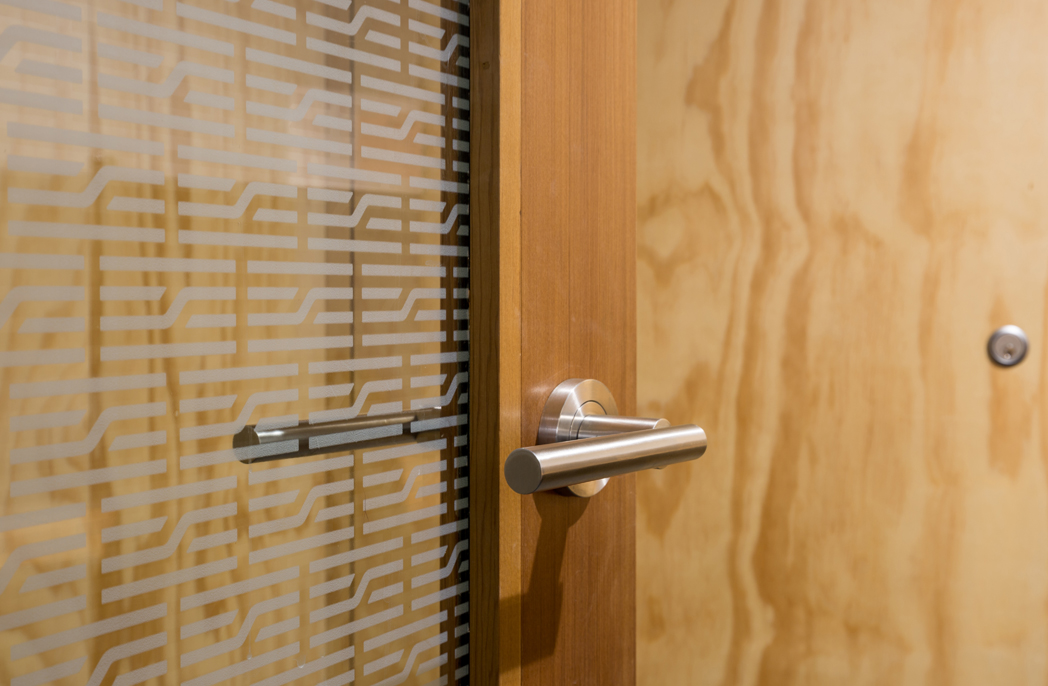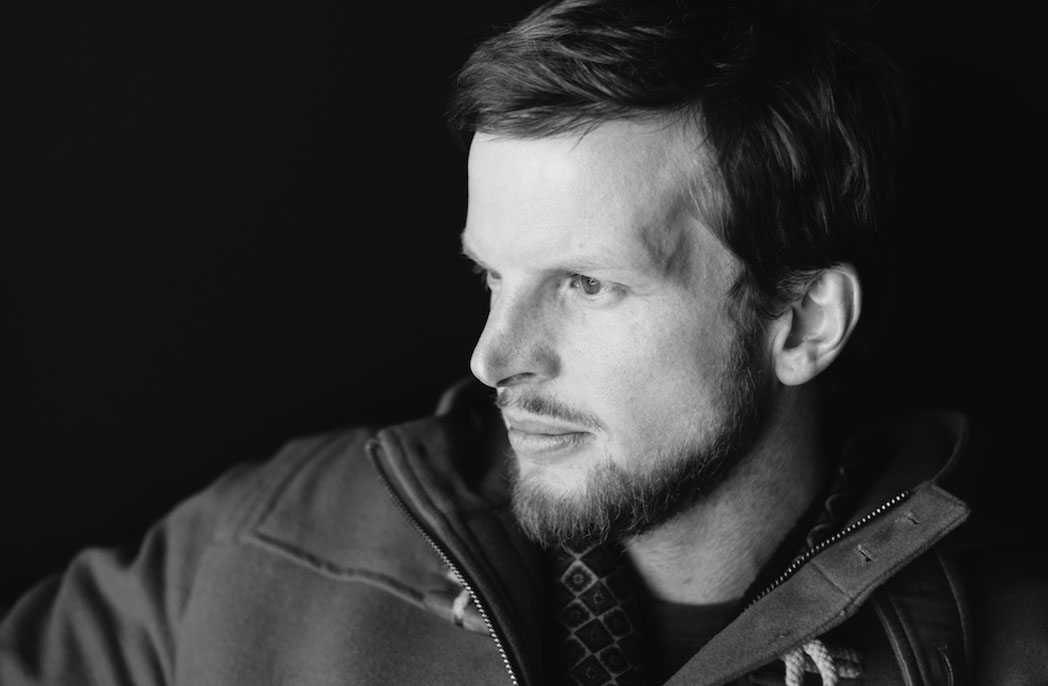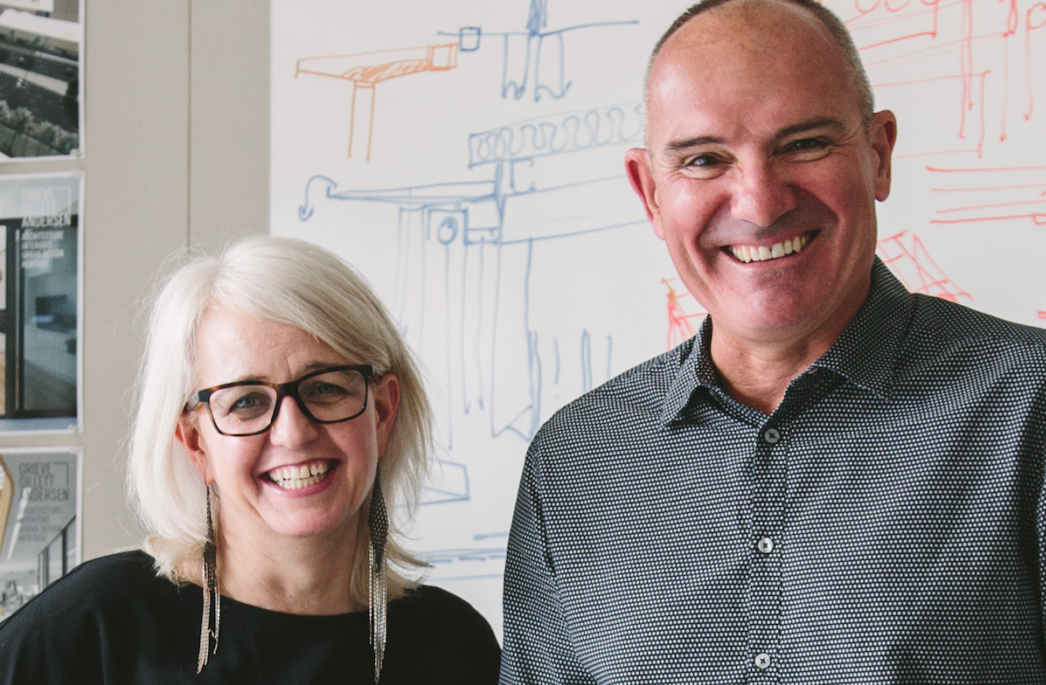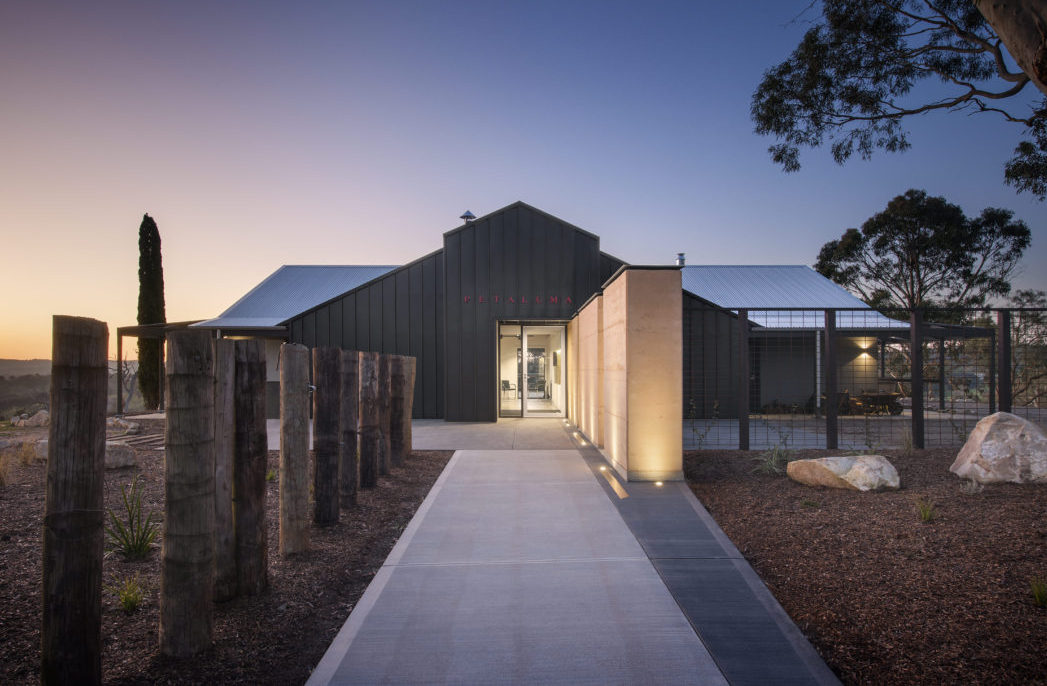
AR136 – Super-
Share
‘Super-’ is a curious prefix in language let alone architectural discourse. It can be used in praise or exclamation, as (ahem) superlative, historicist or preservationist, or the gluttony of contemporary society and its demand for consumption. It is a prefix like no other; it operates as a true reflection of the virtues of social interaction, democratic consensus or as a term of reassuring commendation. In architectural terms, it can be deployed on the urban or the small scale to either dramatic effect or as a sign of obsolescence. But is it not also a prefix that, when used, becomes the indication or warning to the discipline of architecture, as it became somewhat supercilious during Postmodernism, and is now resorting to superficial symbolism in a bid to withstand the creaking pressures of economic austerity and periods of ideological crises.
AR136–SUPER- discusses all manner of ideas and reviews projects that are spread across the spectrum of the prefix. Whether the focus is at the urban level with super-social (On Trial, p022) or super-scale monumentality (p031) or in an interview with Ole Scheeren (p084); at the practical level in super-structure; the typological, through the institution of a super-theatre (Under Construction – Office for Metropolitan Architecture, Taipei Performing Arts Centre, Taiwan, p018), and, super-small housing in a book review of Junya Ishigami: How small? How vast? How architecture grows (p014). It is also investigated in the geographic sense, in the emphasis on super-Sydney and the opportunity for density (p080) or the revisitation of a seminal text in the interview with Bart Lootsma as the author of SuperDutch: New Architecture in the Netherlands (p079); and, at the theoretical level in an interview with Michael Markham (tUG Workshop) on the notions of an overarching super-theory and the role of theoretical constructs on the contemporary profession (p076). Finally, there is a stylistic response in relation to Supermodern, Supermannerism and super-graphics in our In Conversation article (p086); and, the more obtuse discussions surrounding supermodels and super-superimposition…without any mention of supercalifragilisticexpialidocious, sadly.
AR136 may seem a little glib or facetious on first glance, but its deep-rooted analyses are more reflexive on architecture’s past and inflexed on ideological futures. It is in keeping with AR’s steadfast discursive approach, its outright emphasis on the need to formulate ideas and conceptual architectural positions in an autonomous realm separated from the inputs of other creative or intellectual fields. AR suggests that architecture must create architecture (and thus theoretical positions) from within architecture. The discipline should not respond to, nor poorly misread, theoretical notions proclaimed in philosophy or literature. It should be intellectually rigorous and creative enough to rely on the power of the architectural idea.
The ‘super-’ prefix has been deployed in a positive sense in AR136. It takes on the prefix as a volumetric, large-scale variant, extending towards monumentality and megastructures – both of which have historical significance to contemporary architecture and discourse. The project selection ostensibly identifies with the notion of volumetric scale, most starkly presented in Büro Ole Scheeren’s The Interlace (p044), with projects from Massimiliano and Doriana Fuksas at Shenzhen Bao’an International Airport Expansion, Terminal 3 (p060) and Denton Corker Marshall’s Asia Square, Singapore (p068) also showcasing exemplar buildings on the larger end of the scale gamut, and, as is customary, the issue is bookended by POSTVIEW AR135 (p006) and PREVIEW AR137 (p090).
Michael Holt
Editor
Architectural Review Asia Pacific
You Might also Like




















